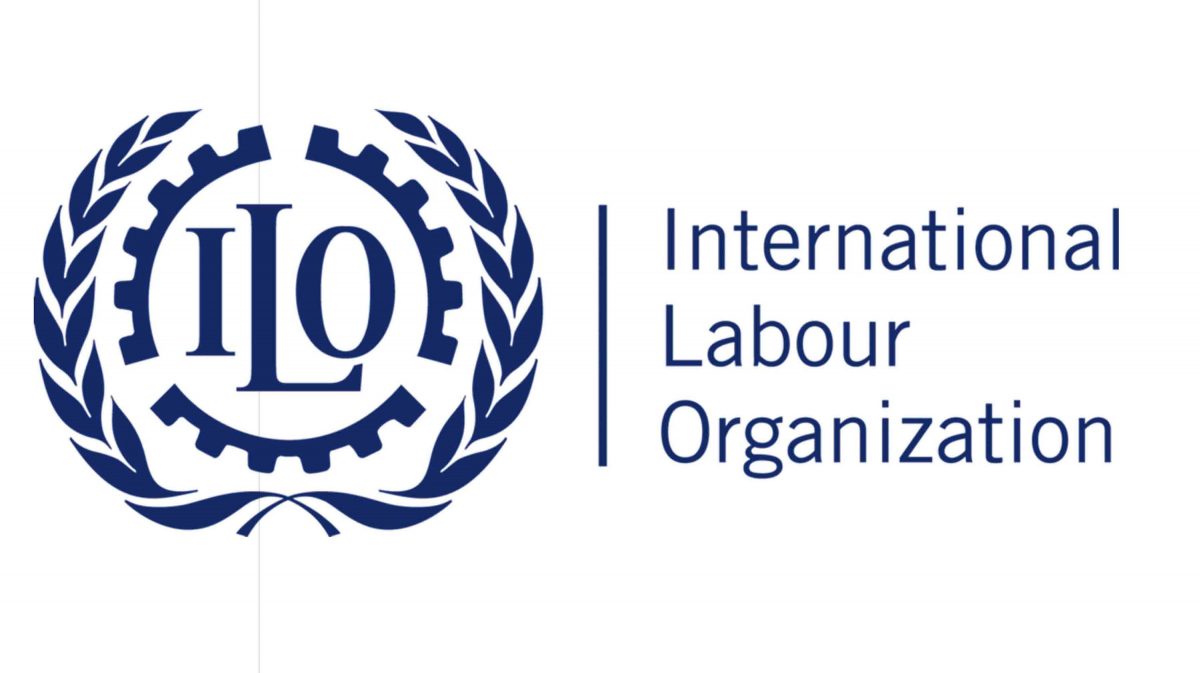The International Labour Organization (ILO) has just released a paper exploring measures which it says can help expose pay differences between men and women and identify the underlying causes of what is widely believed to be unjustifiable gender discrimination.
On average, while individual characteristics that include education, working time, occupational segregation, skills and experience help explain the pay disparity, the UN agency contends that women are customarily paid around an enormous 20 per cent less than men across the world and that the practice inheres, in large measure, in “discrimination based on gender.” To make matters worse, the ILO says, women’s earnings have been even further affected by the COVID-19 pandemic, particularly in the area of income security. The ILO study asserts that “disproportionate representation in some hardest-hit sectors and the unequal and gendered division of family responsibilities,” serve to negatively affect women’s employment “threatening to reverse decades of progress made towards gender equality.”
The Stabroek Business’ own (admittedly modest) test of what the ILO has to say about gender-related pay discrimination suggests that the practice is very much evident here in Guyana, particularly in areas of lower level, mostly unskilled jobs where there are almost always fewer clear-cut criteria for rating the capabilities of prospective employees. The new ILO study titled ‘Pay Transparency Legislation: Implications for Employers’ and Workers’ Organizations’, contends that clearly laid down and easily defined criteria for setting pay levels between men and women can help to address the gender pay gap and reduce broader gender inequalities. The ILO paper also contends that pay transparency may provide workers with the information and evidence they require to negotiate pay rates and provide them with the means to challenge potential pay discrimination. However, the locally interviewed private sector employers all told the Stabroek Business that such a pursuit could, in itself, give rise to wider controversies in countries like Guyana where culture-based gender biases remain strong.
At least 50% of the local employers who spoke with this newspaper said they believed that the raising of gender discrimination at private sector workplaces might even have the effect of creating conditions of wider instability that might negatively affect the functioning and reputation of the enterprise caught up in the gender discrimination debate.
“We see countries pursuing different approaches to advance it, (the disparity debate) which shows that there is no ‘one-size fits all’ solution,” says Manuela Tomei, Director of the ILO Conditions of Work and Equality Department. “While more time is needed to assess the effectiveness of the different measures and practices, it is encouraging that governments, workers’ and employers’ organizations seek to devise innovative solutions, such as pay transparency, to tackle a stubborn problem.”
Here in the Caribbean there still exists sizeable pockets of cultural conditioning that impact on decision-making in matters pertaining to gender-based pay disparities. In high profile positions, the occupancy of which are determined by clear cut criteria, particularly qualifications-related ones, a considerable degree of gender-related subjectivity still obtains in the making of appointments, many of which are driven by built-in prejudice.
The ILO study offers a detailed mapping of existing equal pay legislation in countries worldwide and discusses arguments for and against pay transparency legislation. The paper also pays attention to the role of employers’ and workers’ organizations and presents the findings of an online survey of social partner organizations that assesses their understanding of how pay transparency measures are implemented and seeks their views on how to improve their application.
Some countries have moved in the direction of adopting pay disclosure policies and pay audits as well as affording workers access to pay data and giving workers the right to access pay data in the process of engaging with workers and organizations during negotiations relating to the design of pay transparency legislations.






